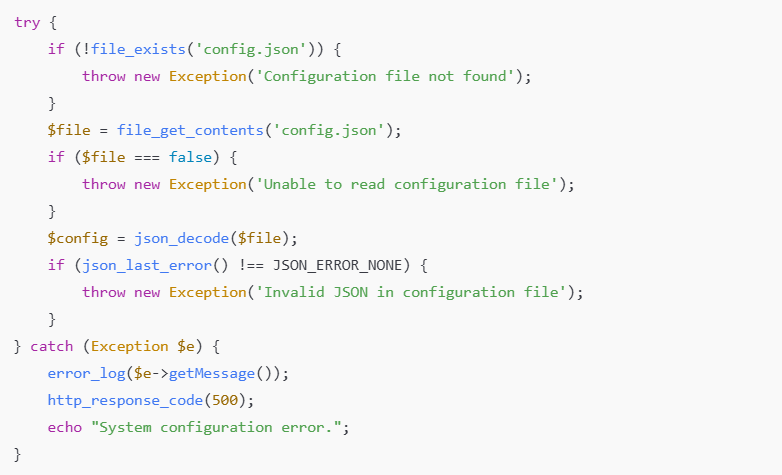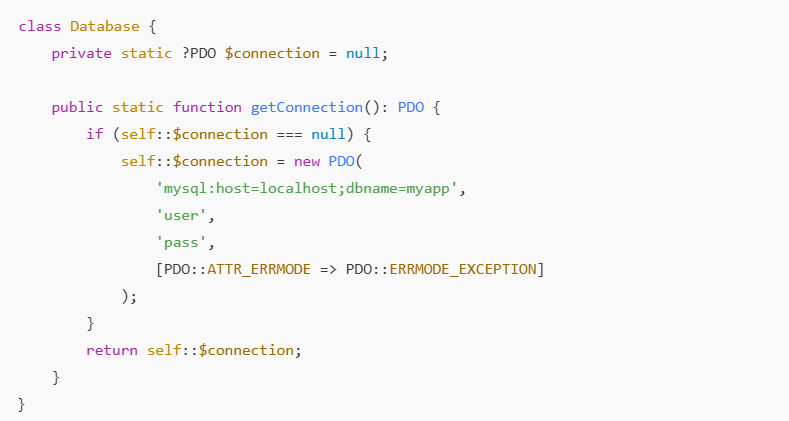Whether you’re a seasoned developer or just starting out, avoiding common mistakes can save you from countless headaches. Let’s dive into the most frequent PHP pitfalls and how to avoid them.
🎯 Neglecting Input Validation and Sanitization
Trusting user input is a critical mistake. Without validation, your application becomes vulnerable to SQL injection and other attacks.
Incorrect Approach ❌

Correct Approach ✅

Best Practices:
- Always validate and sanitize user input.
- Use PHP’s built-in filter functions.
- Rely on prepared statements for database queries.
- Escape user data when displaying it.
🎯 Ignoring Error Handling
Proper error handling prevents exposing sensitive information and ensures a smoother user experience.
Incorrect Approach ❌

Correct Approach ✅

🎯 Using Outdated PHP Versions
Running outdated PHP versions exposes your app to security vulnerabilities. Always use a supported version.
Best Practices:
- Use PHP 8.2+ for new projects.
- Regularly check for updates.
- Include version checks in your CI/CD pipeline.
- Plan upgrades in advance.
🎯 Mishandling Database Connections
Improper database handling can lead to resource leaks and performance bottlenecks.
Incorrect Approach ❌

Correct Approach ✅

🎯 Ignoring Security Headers and Configurations
Enhance your app’s security with proper headers and server configurations.
Essential Security Headers:

Avoiding these common PHP mistakes will lead to more secure, maintainable, and efficient applications.
Keep in mind:
- Security should be a priority.
- Use modern PHP features.
- Test and optimize thoroughly.
- Stay updated with PHP best practices and advisories.
Happy coding!




